Find Any Kiosk Machine You Need And Contact Lean Kiosk Now
All Products
Select Any Product
- Request A Quote Now


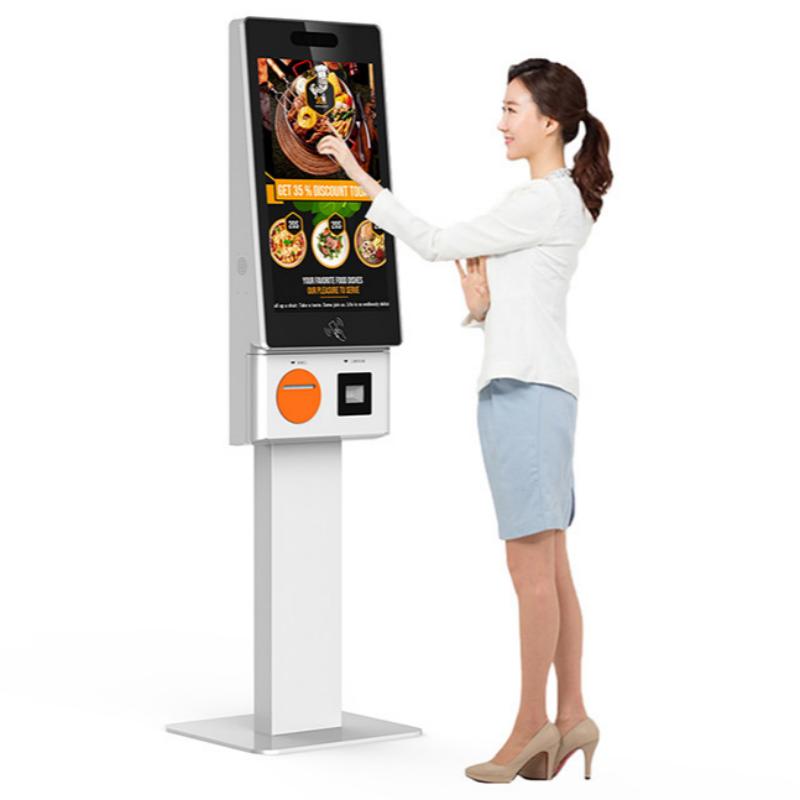
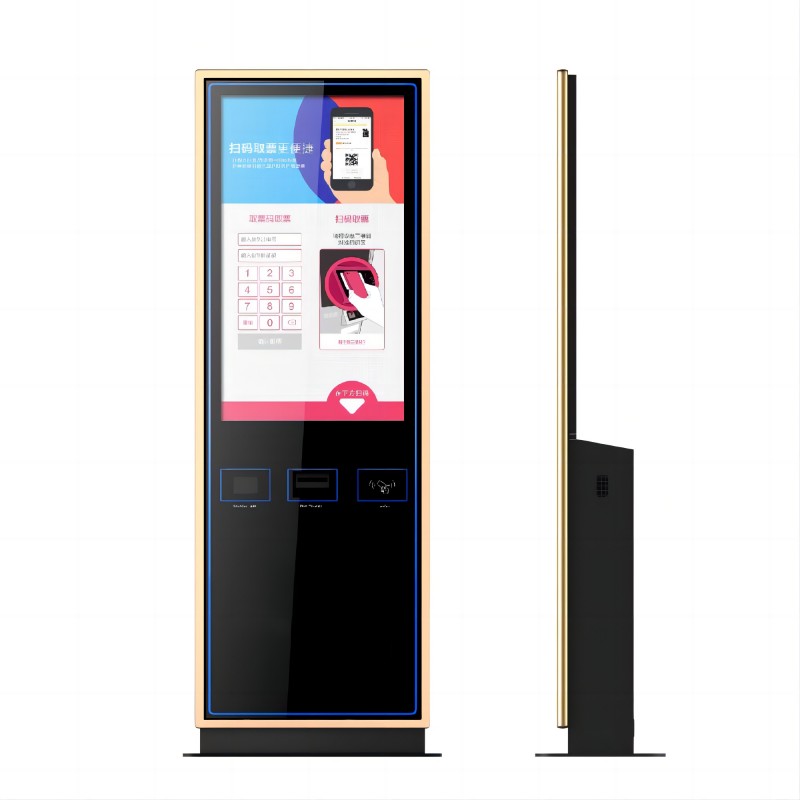
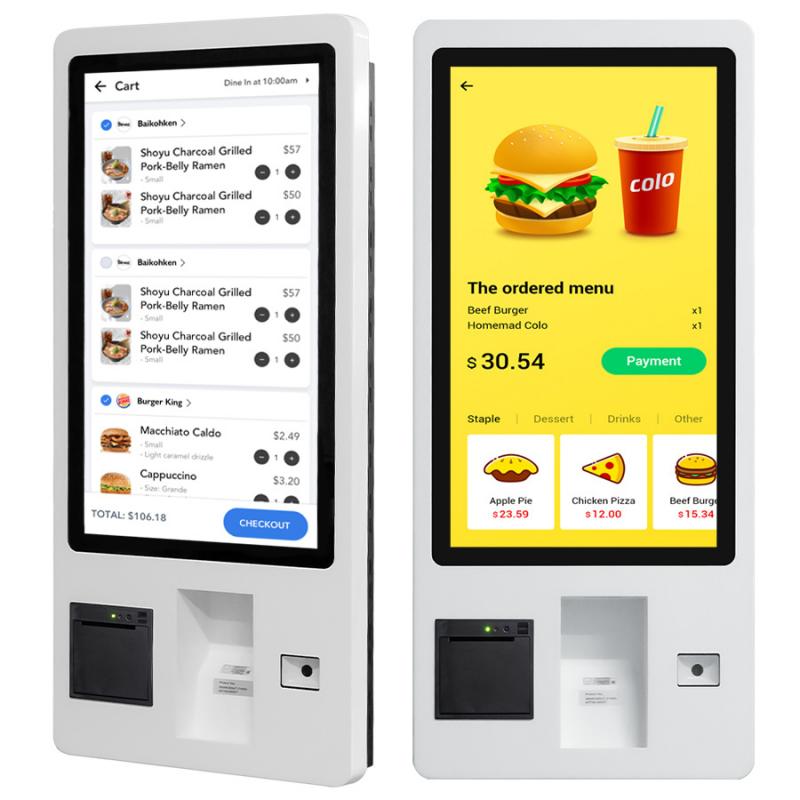
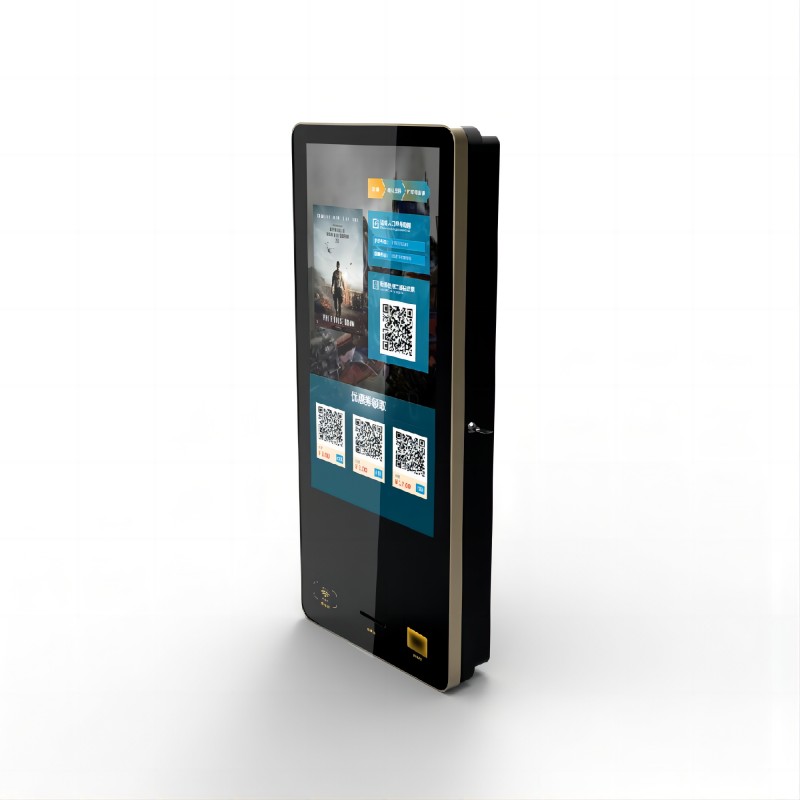
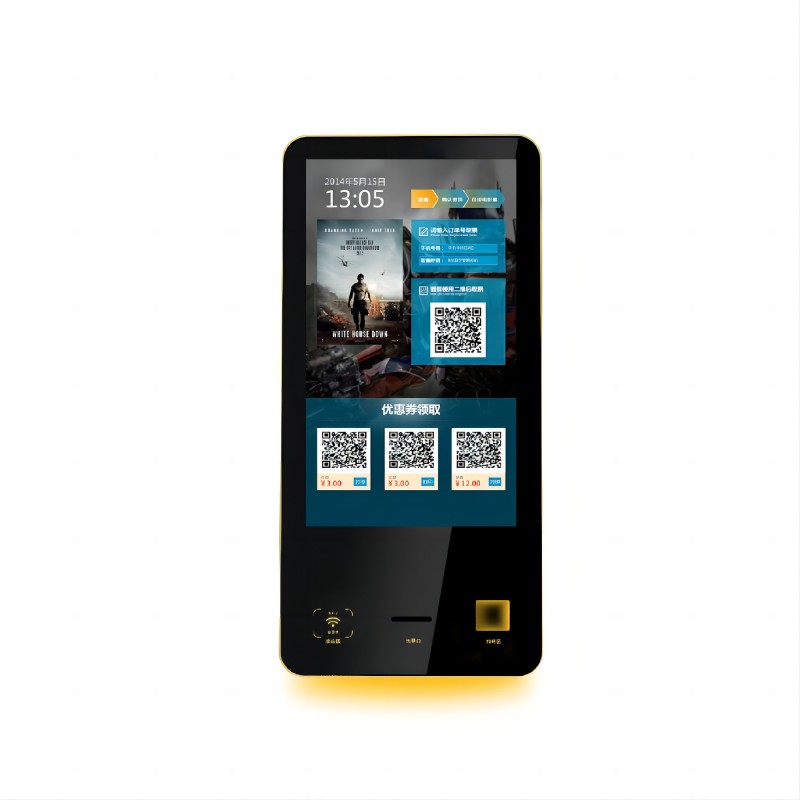
What did our happy clients say?
We’re incredibly satisfied with the pay kiosk! It’s user-friendly and has greatly improved our service efficiency. Thanks to the manufacturer for delivering such a high-quality product!
The pay kiosk has significantly streamlined our operations, and our customers love it. Many thanks to the manufacturer for the excellent product and outstanding support!
We’ve seen a noticeable improvement in customer satisfaction since installing the pay kiosk. The design is sleek, and the functionality is top-notch. A big thank you to the manufacturer!
The pay kiosk has been a fantastic addition to our business. It’s reliable, fast, and easy to use. We’re very grateful to the manufacturer for such a great product!